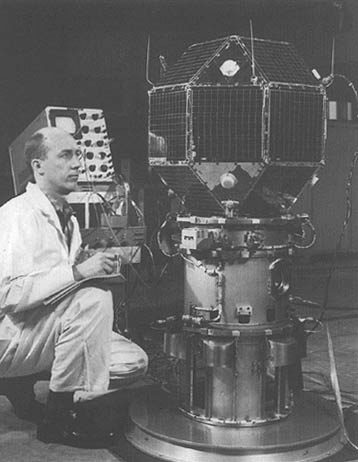In a miraculous turn of events, an American satellite which lost contact in 1967 after being launched in 1965 has suddenly started transmitting signals again after 46 years. The satellite was built by the Lincoln Laboratory at MIT for testing satellite communication techniques.
Called the LES1, it was launched from Cape Canaveral in 1965 but was declared space junk after it manged to accomplish only a few of its predefined objectives. The astronauts declared that some miswiring of the satellite circuitry caused it to never leave the circular orbit, and after two years, it also stopped transmitting any information.

LES2 sent immediately after LES1, did perform better and arrived at its planned orbit on May 6, 1965. This was the first of a series of satellites sent by NASA, named from LES1 through to LES9. The plan managed to go up till LES7, as the funding dried up after that resulting in the cancellation of the program.
The first ever single in 30 odd years was picked up in 2013 by an Amateur Radio Astronomer living in North Cornwall, UK. Phil Williams, who has been an amateur radio astronomer identified the signal as from LES1 as the satellite has been tumbling end over end every four seconds since it has been spinning out of control since it was lost. The tumbling causes the solar panels to be hidden by the shadow of the engine, causing the distinct signals.

“This gives the signal a particularly ghostly sound as the voltage from the solar panels fluctuates,” Williams said.
Scientists are still figuring out what would have caused the theoretically disintegrated batteries to be able to send the 237Mhz transmission. And in case you are concerned about the satellite adding to the space junk, it is about the size of a small car, so comparatively insignificant.
This incredible event proves that the electronics built even 50 years ago, without any microprocessors and integrated circuits are still sound and capable enough to be working in space’s hostile environment.


